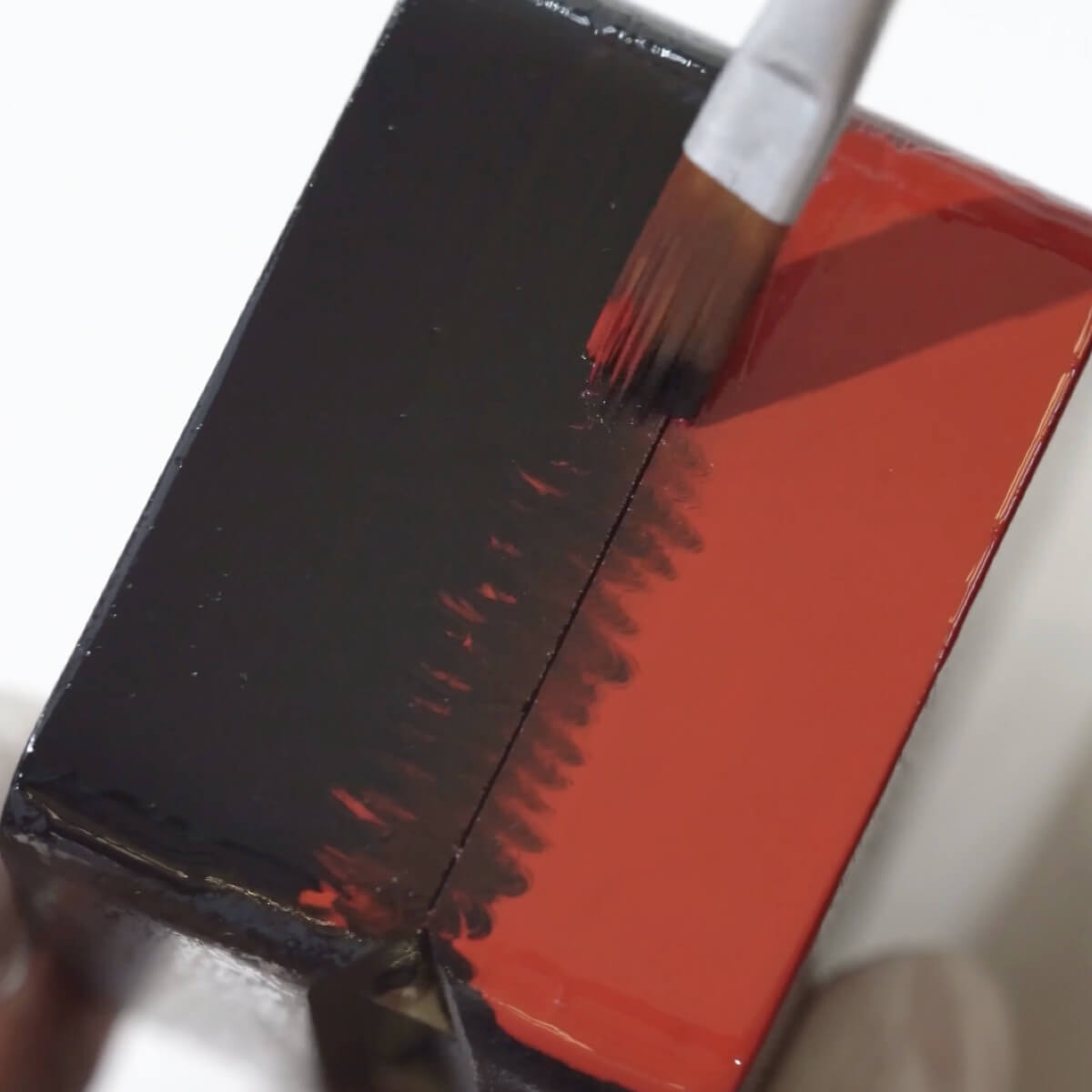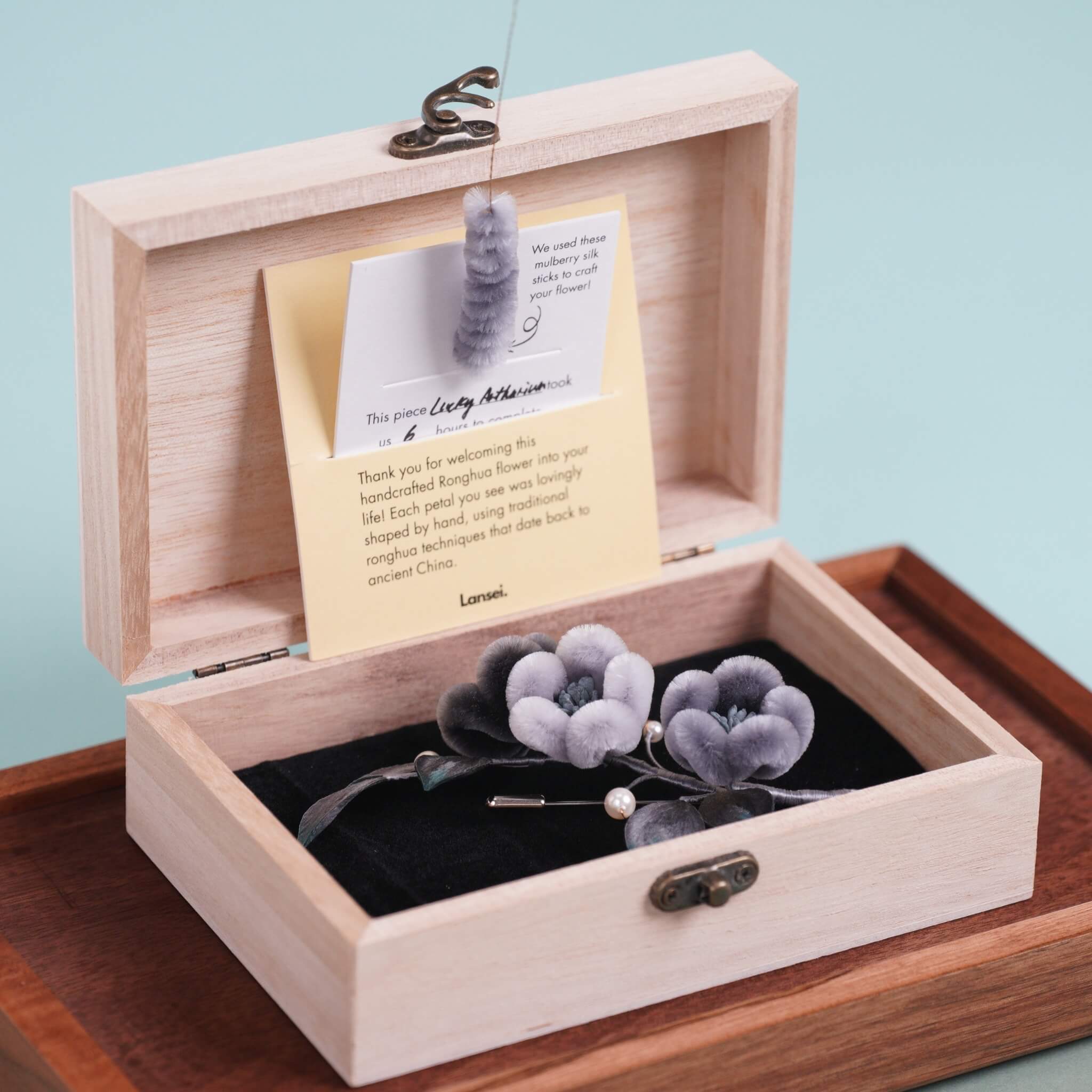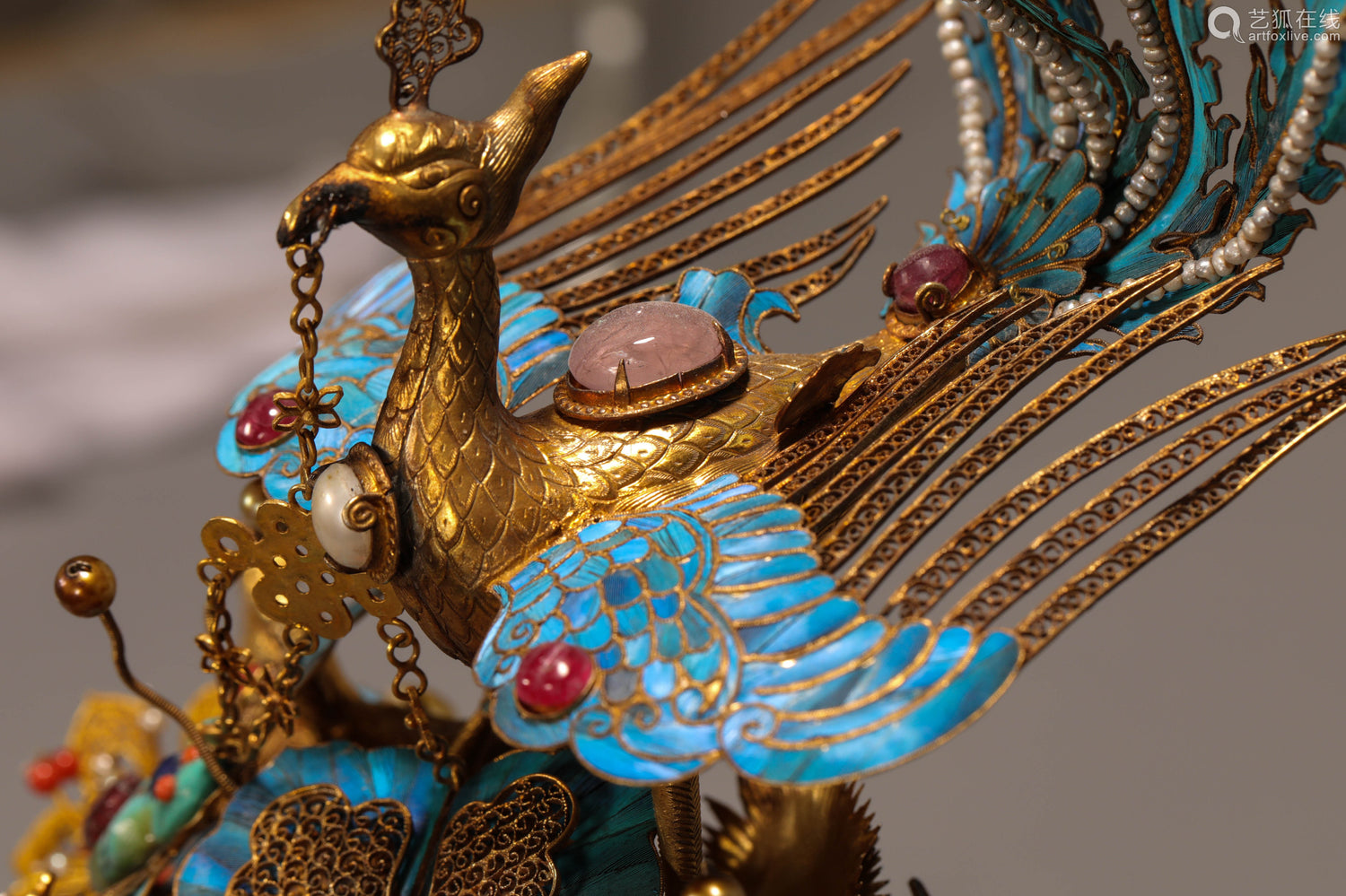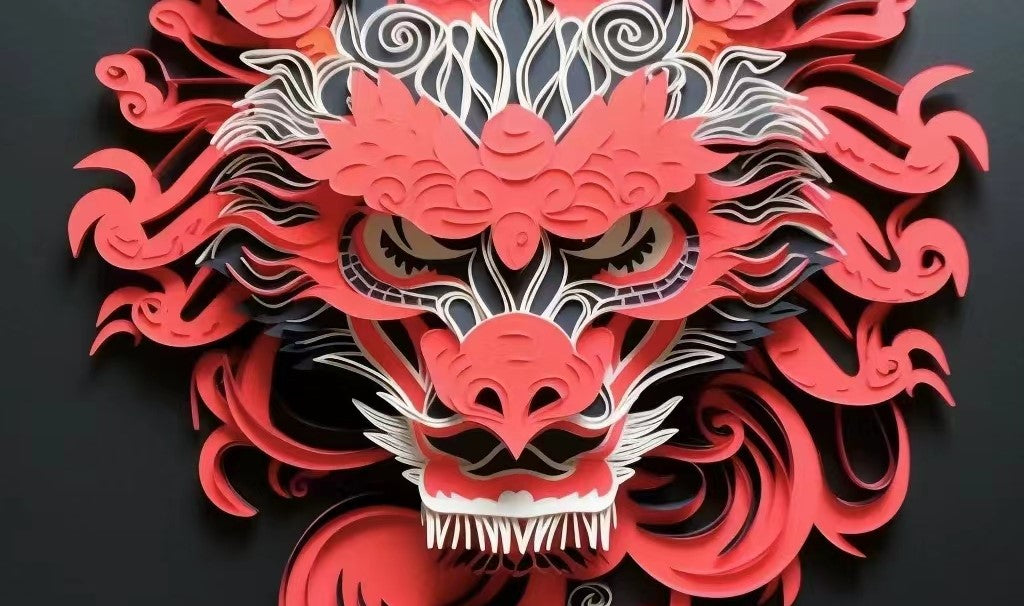China's rich cultural heritage is adorned with numerous exquisite art forms, and among them, the diancui technique stands out as a shining example of craftsmanship that marries beauty and controversy. Diancui, or "dotting with kingfishers," is a traditional decorative art involving the use of brilliantly hued kingfisher feathers to adorn intricate jewelry, ornaments, and attire. While celebrated for its stunning visual appeal, diancui finds itself at the heart of an ethical debate concerning animal abuse and conservation.

The Enchanting Diancui Technique:
Diancui is a centuries-old technique that involves intricately cutting, shaping, and setting iridescent kingfisher feathers onto delicate metal frameworks. These feathers possess a unique quality that allows them to display a remarkable range of colors when hit by light, resulting in a breathtaking play of colors reminiscent of a peacock's tail. The diancui technique has been historically revered for its association with luxury, royalty, and traditional aesthetics.

The Ethical Debate: Animal Abuse vs. Cultural Heritage:
While diancui artistry is undeniably captivating, its dark side involves concerns over animal cruelty. The crafting process requires plucking the feathers from kingfisher birds, which often entails the birds' demise. This has sparked a heated ethical debate, pitting cultural preservation against the welfare of these birds.

Proponents of Cultural Heritage:
Advocates of diancui art argue that the technique is deeply ingrained in China's cultural legacy, reflecting centuries of artistic tradition. They assert that diancui represents an invaluable part of the nation's history and should be preserved as a testament to human creativity and ingenuity.

The Call for Conservation:
On the other side of the debate are conservationists and animal welfare organizations. They highlight the plight of kingfisher populations that have been threatened by habitat loss and the demand for their feathers. They argue that the continued use of kingfisher feathers in diancui contributes to the decline of these birds and disrupts the delicate balance of ecosystems.

Seeking a Middle Ground: Sustainable Practices:
As the debate rages on, efforts to find a middle ground have emerged. Some artisans are transitioning to using synthetic or alternative materials to recreate the vibrant effects of kingfisher feathers, allowing the art form to evolve while respecting animal welfare concerns. These efforts showcase the adaptability of traditional crafts to modern ethical considerations.

Preserving Heritage Responsibly:
The diancui debate illustrates the complex interplay between cultural heritage and ethical dilemmas. As societies become more conscious of environmental and animal welfare issues, preserving traditional arts like diancui requires a delicate balance between respecting the past and embracing a sustainable future.

In the end, the journey of diancui mirrors broader discussions surrounding the preservation of cultural traditions in a changing world. While the debate remains ongoing, it highlights the importance of fostering a dialogue that respects both the value of artistic heritage and the well-being of our natural world. By exploring sustainable alternatives and promoting awareness, we can hope to secure a harmonious coexistence between culture and ethics in the realm of traditional craftsmanship.











Laisser un commentaire
Tous les commentaires sont modérés avant d'être publiés.
Ce site est protégé par hCaptcha, et la Politique de confidentialité et les Conditions de service de hCaptcha s’appliquent.